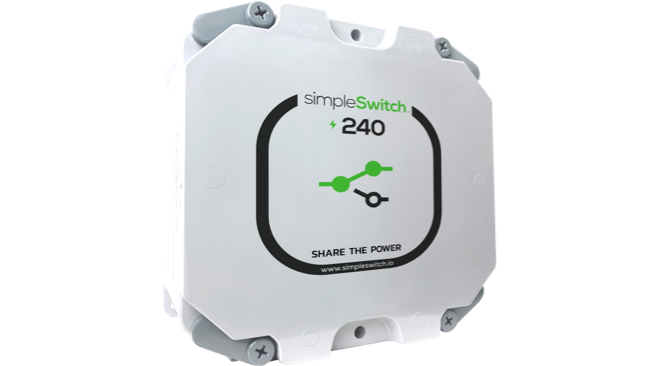
- 727 views
By Uber Energy
Charging on maxed-out electrical panels with limited available load
All residential electrical panels are rated between 100 and 200 Amps, with the rating reflecting the maximum amount of load that can be drawn. 100A panels allow for a maximum peak of 100 amps of load, or 80 amps of continuous use (remember that continuous loads must not exceed 80% of the panels max capacity). Similarly, 200A panels allow for a max peak of 200 amps or a continuous draw of 160 amps. Often we will find that residential electrical panels are ‘maxed-out’ meaning that every available space for a breaker is already in use (see below picture).
So what happens when you want to add an EV charger to a fully loaded breaker panel? The first option is to add a sub-panel, fed directly from the meter – by adding a second sub-panel, you can increase your service capacity and number of empty breaker spaces. The second option is to purchase and install a load management system; a piece of equipment that will automatically disable certain breakers to ensure adequate power is available for the charger. Both of these options increase installation costs by a considerable amount. These two options, until recently, have been the only practical solution
A third option has been developed and is now available on the market: the simpleSwitch EVSE that automatically shuts off the charger when load is needed on other circuits. In essence, the simpleSwitch EV charger is a charger and load controller in one package. When breakers need current for their circuits the simpleSwitch charger automatically detects the draw and disables the EV charger. After current is no longer being drawn, the simpleSwitch charger turns back on to resume EV charging.

The simpleSwitch charger constantly monitors electrical usage. If electrical usage exceeds 80% of the maximum panel-load, the simpleSwitch 240M will disable and limit current draw to below 80%. Once current draw drops, the simpleSwitch 240M will re-engage and continue EV charging while ensuring total use remains under 80% of the maximum panel load.
Have any questions about EV charging or overloaded panels? Contact us today.